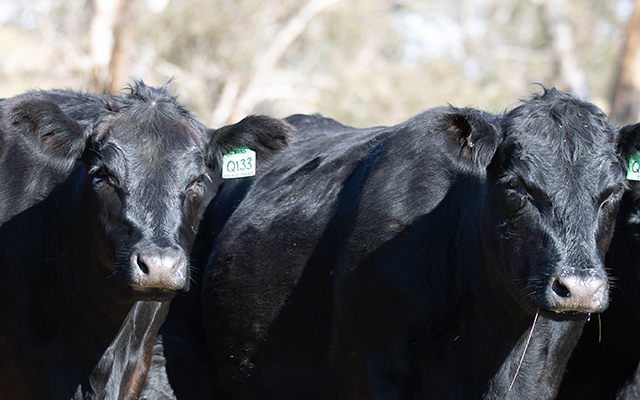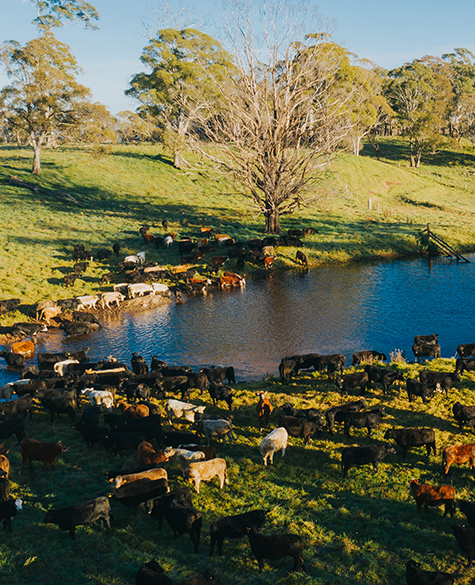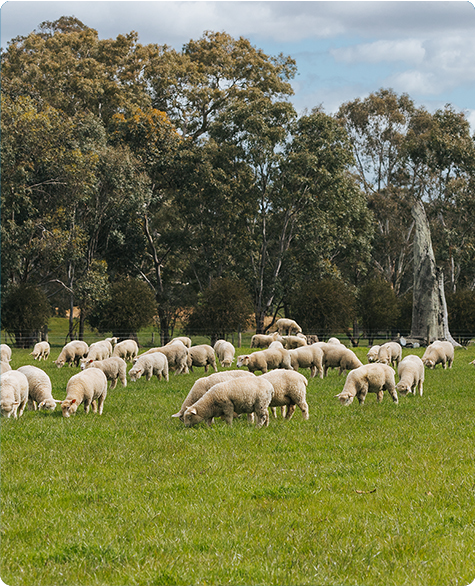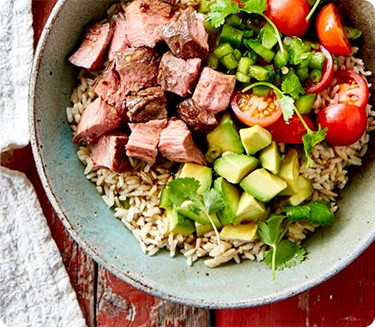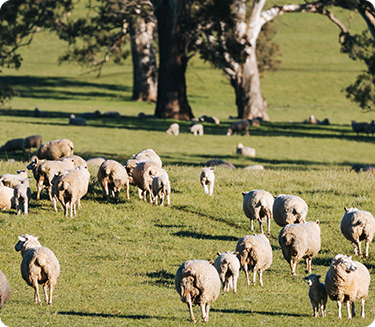How does the industry ensure responsible antibiotic use?
Antibiotics for use in livestock are approved by the Australian Pesticides and Veterinary Medicines Authority (APVMA). All antibiotics undergo a rigorous pre-approval process where the safety to animals, humans and the environment is assessed, and residues in edible beef products are monitored. The APVMA publishes antibiotic withholding periods and export slaughter intervals (the minimum time between animals receiving a veterinary prescribed medication and their slaughter).
The National Feedlot Accreditation Scheme also prescribes that withholding periods and export slaughter intervals for treated animals are adhered to, helping maintain the safety of Australian meat.
What controls are in place to ensure Australian red meat is safe to eat?
The Australian Government Department of Agriculture, Water and the Environment conducts a National Residue Survey of cattle , sheep and goats to monitor the levels of, and associated risks from, pesticides and veterinary medicine residues and contaminants in Australian food products.
The cattle program involves the testing of animal tissue samples for a range of pesticides, veterinary medicines and environmental contaminants. In 2020–21, the overall compliance with Australian standards by Australian beef producers was 99.96%, 99.86% by lamb producers and 99.33% by goat producers. That means that the industry continues to demonstrate a high degree of good agricultural practice.
Did you know?
- Biosecurity refers to measures aimed at preventing the introduction and spread of disease. At a feedlot, these measures include cleaning and disinfecting trucks, isolating sick animals and providing clean water, feed and air.
- In 2018, the Australian Lot Feeders’ Association established Antimicrobial Stewardship Guidelines to promote responsible antimicrobial use. Since then, 62% of the industry has voluntarily adopted antibiotic stewardship plans in their businesses. The industry is currently working towards making these guidelines mandatory from 2022.
- The red meat industry can trace every individual animal from birth through to the processing plant through a unique ID that’s linked to a national database. This system helps to maintain Australia’s reputation for producing clean and safe red meat.


